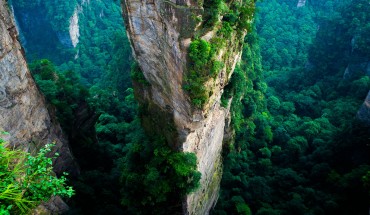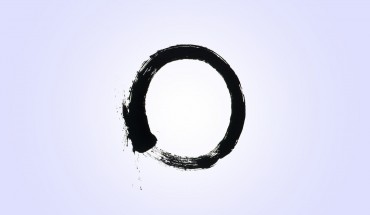Feeling the powerful beauty of virtue
It is quite easy to mistake the Buddha’s encouragement to lead a virtuous and moral life with the call to blindly adhere to a religious codex or engulf into some form of social trend setting crusade. Nothing could be further from…







